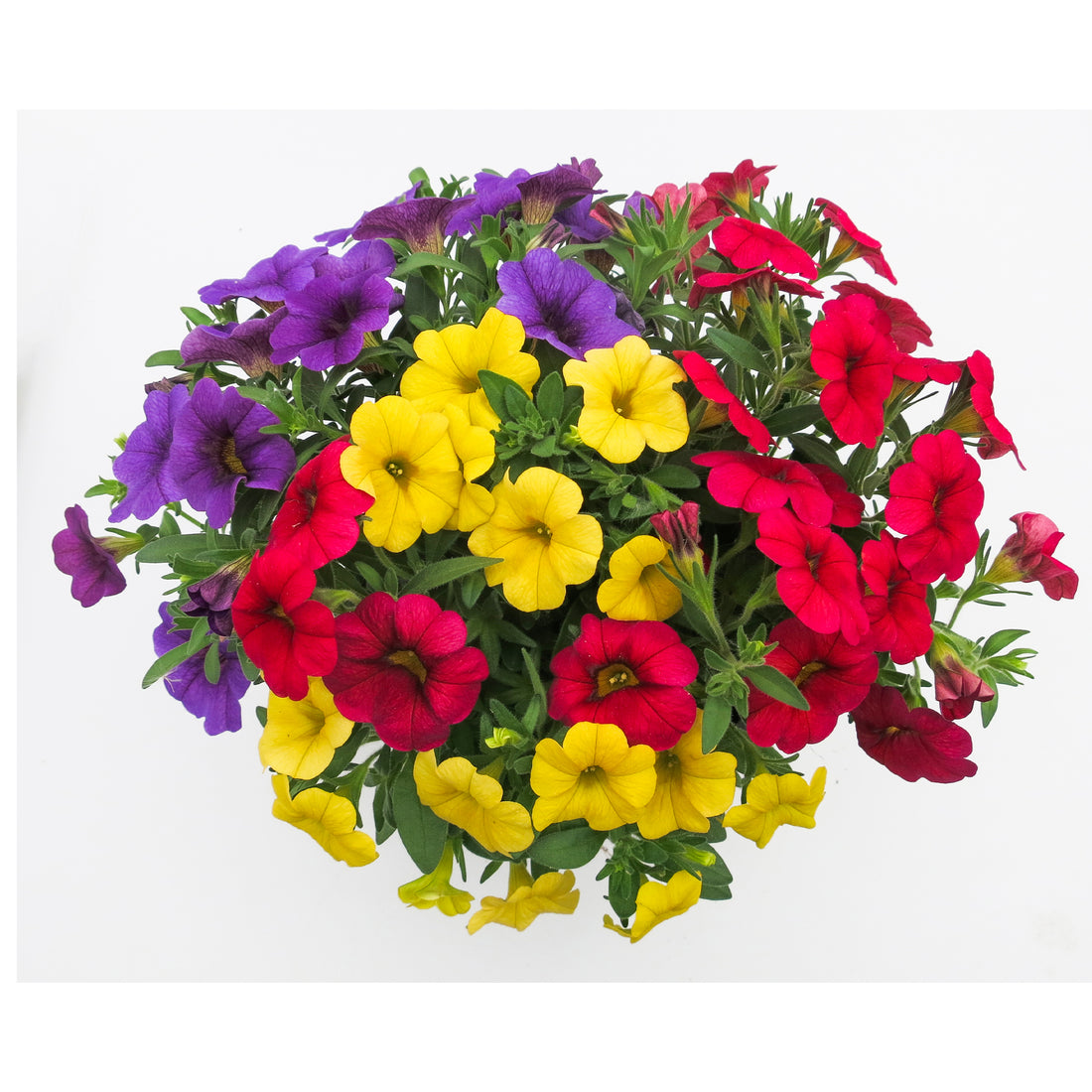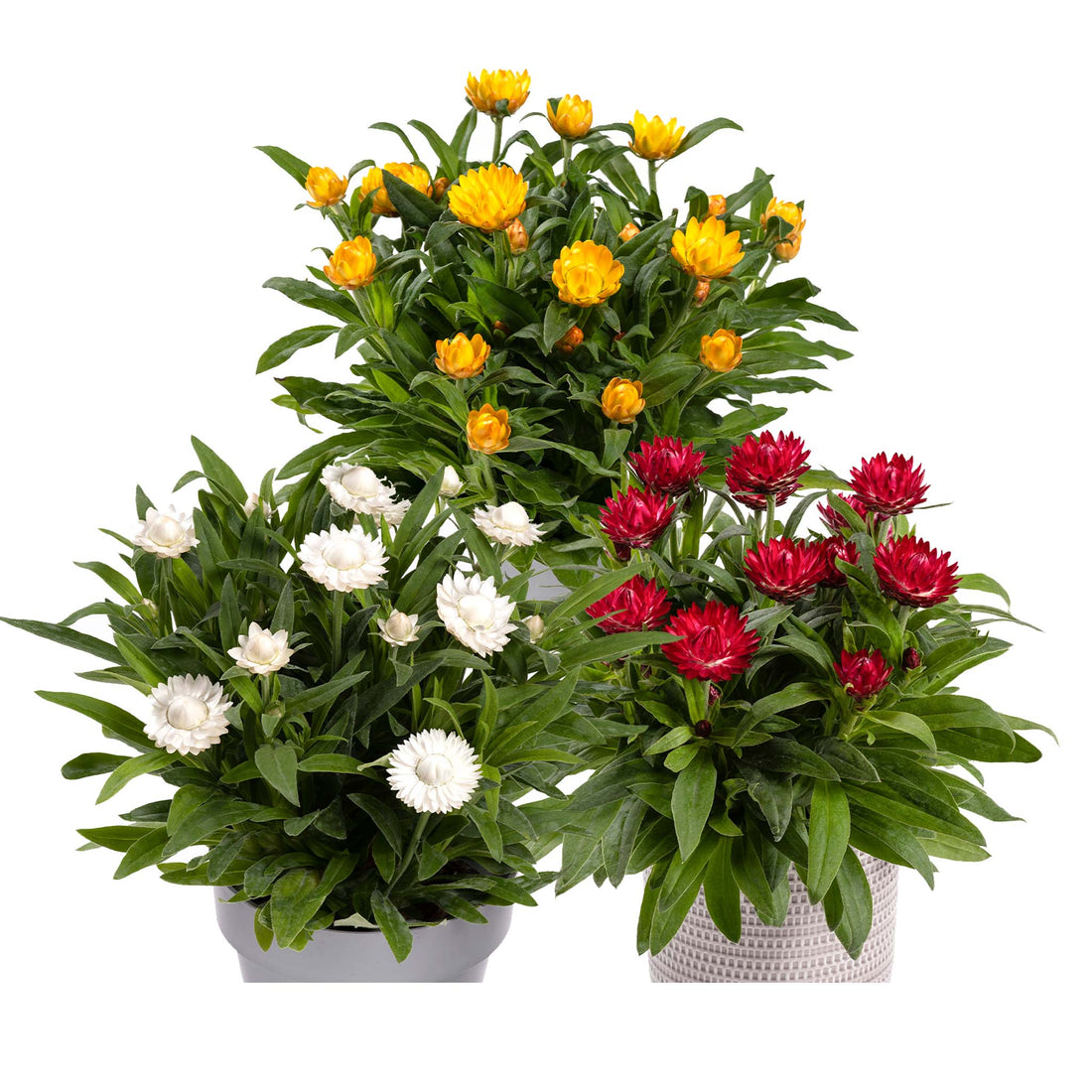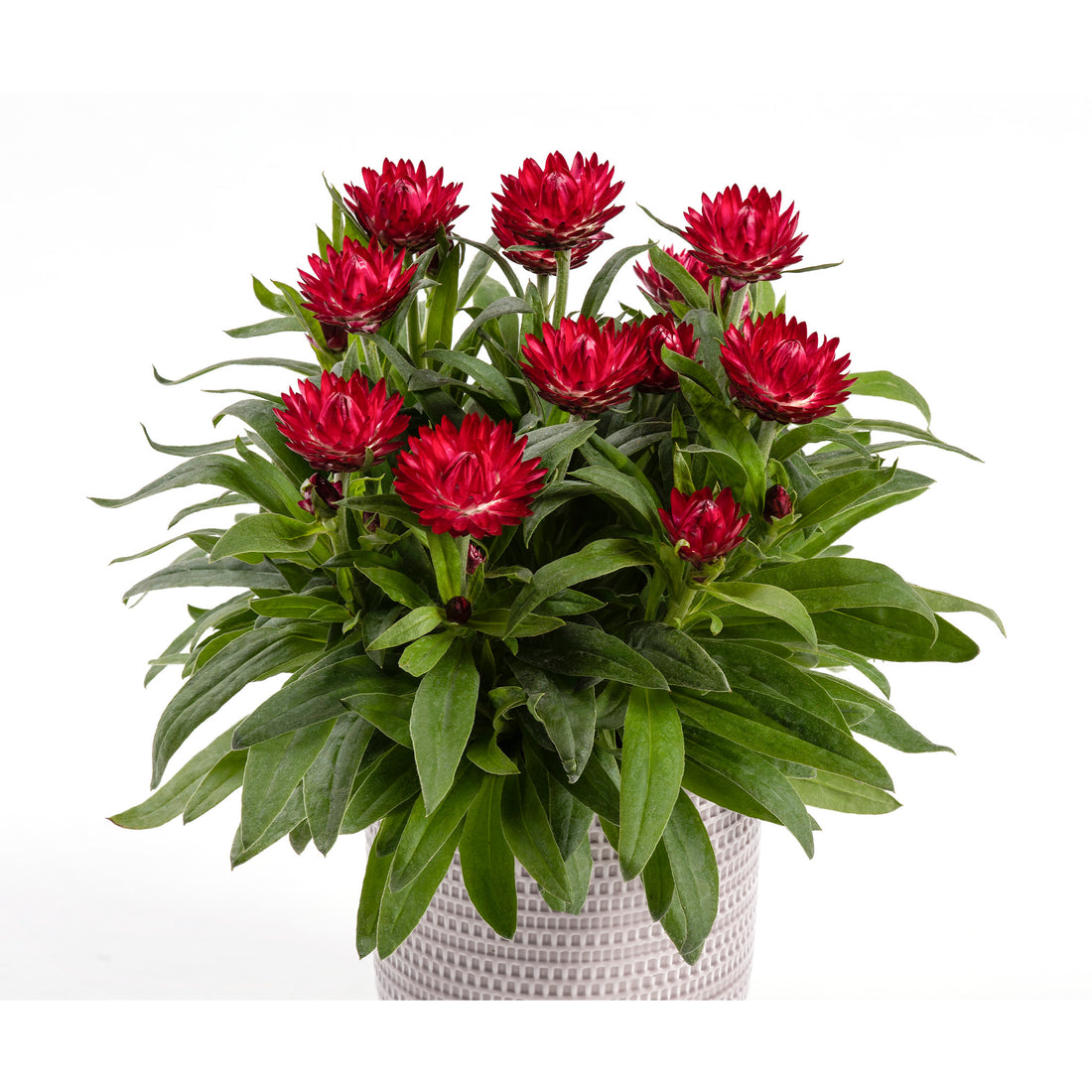Get more blooms, all summer long
Deadheading might sound like a chore, but it’s one of the quickest and easiest ways to keep your garden looking fresh and colourful right through summer. If you’re growing Geraniums, Fuchsias, or Petunias, regular deadheading will make a big difference in how long they flower—and how healthy they stay.
Here’s everything you need to know, whether you’re new to deadheading or just need a refresher.
🌼 Why Deadheading Matters
Deadheading means removing faded flowers. Plants naturally want to set seed, and once they do, they often stop producing new blooms. By removing old flowers:
-
You encourage more flowering
-
You keep the plant’s energy focused on growth and colour, not seeds
-
You improve the look of your display
-
You reduce the risk of rotting flowers leading to fungal problems
If you don’t deadhead, plants like Petunias can get leggy, Geraniums slow down, and Fuchsias just give up early.
✂️ How to Deadhead Each Type
Geraniums (Pelargoniums)
-
Pinch or snip off the entire flower stalk once all blooms on it have faded.
-
Cut right back to where the stalk joins the main stem.
-
Don’t just pick off petals—remove the full head.
Fuchsias
-
Remove individual faded flowers by pinching just behind the base.
-
Also remove the small seed pod that can form after flowering—it looks like a little green or purple bulb.
-
Be gentle—Fuchsia stems are delicate.
Petunias
-
Snap or snip off the entire flower plus the seed pod at the base.
-
Petunias benefit from regular trimming—don’t be afraid to cut back slightly if they’re getting straggly.
🕰️ How Often Should You Deadhead?
-
Check your plants every few days in summer, especially after warm or wet weather.
-
Some gardeners make it a habit every time they water.
-
A quick tidy-up a couple of times a week can make a huge difference.
It doesn’t take long—but it really does prolong the display.
🌞 Is There a Best Time of Day to Deadhead?
Yes! The best time to deadhead is in the morning or early evening, when:
-
Plants are hydrated and not stressed
-
The sun is lower and you're less likely to cause water loss
-
It’s cooler and more comfortable for you too
Avoid the hottest part of the day, especially during a heatwave, as plants can be limp or stressed, and damaged stems may not recover as well.
💡 Bonus Tip: Clean Tools & Composting
-
Keep your snips or scissors clean to avoid spreading disease.
-
Most healthy deadheaded material can go in the compost—but avoid anything with signs of rot or mildew.
🌺 Deadheading = More Colour, Less Effort
A few minutes with your container plants each week will reward you with months of colour, especially for prolific bloomers like Geraniums, Fuchsias and Petunias. Once you get into the rhythm, it becomes second nature—and your garden will thank you for it!








